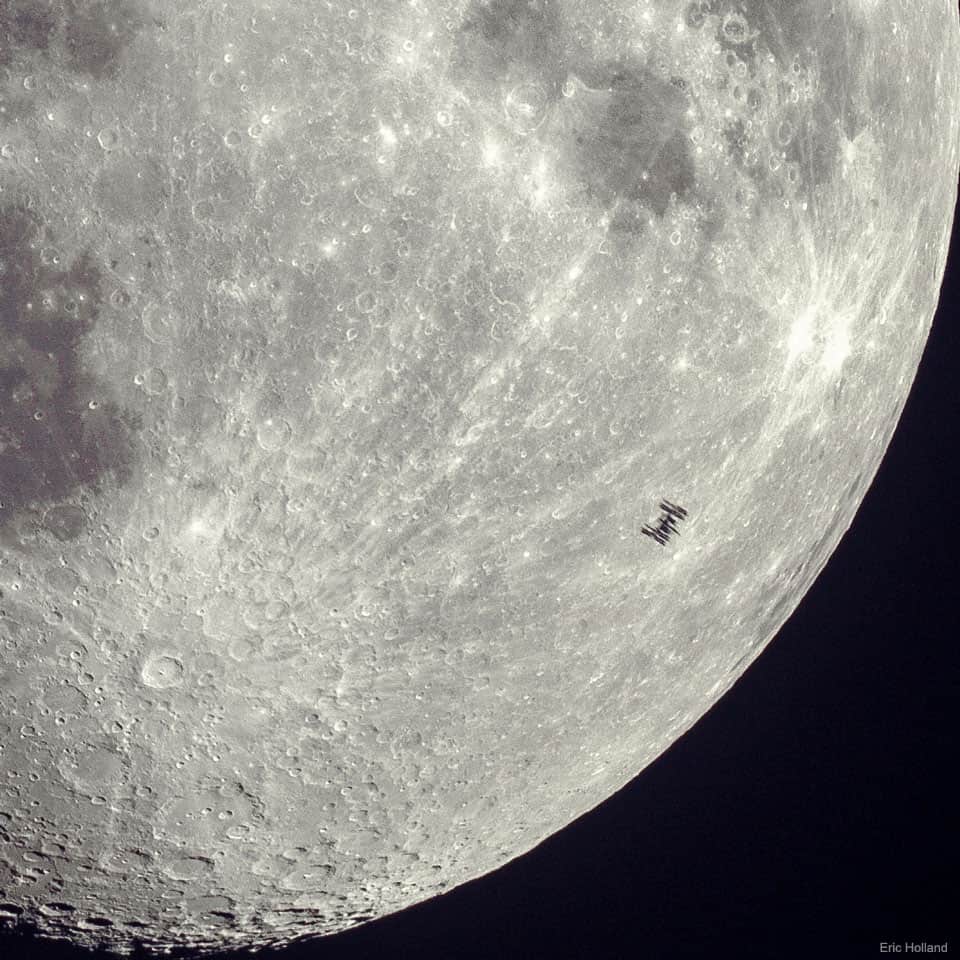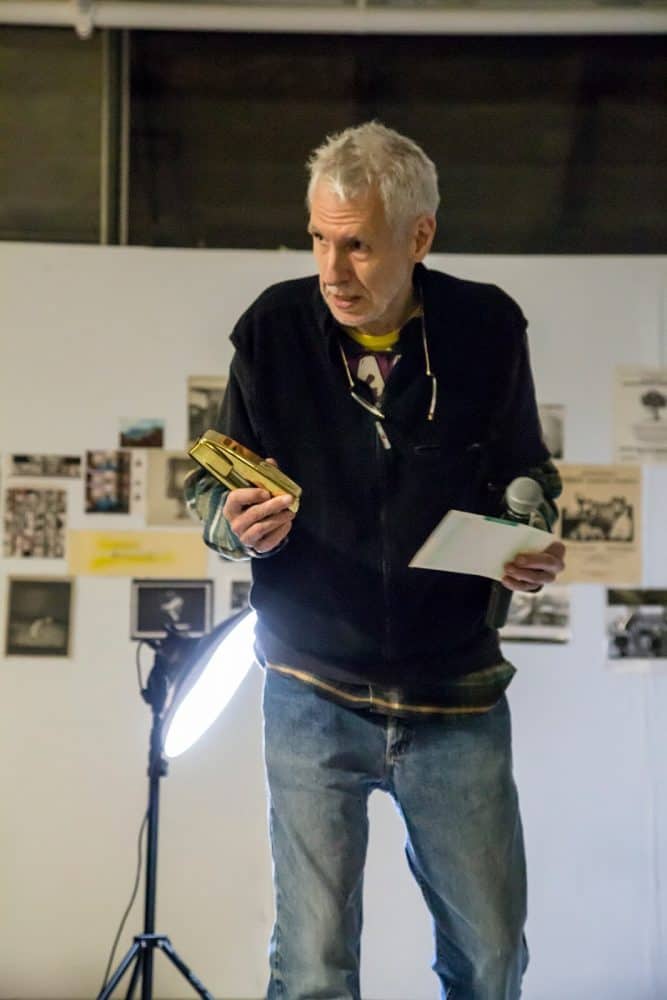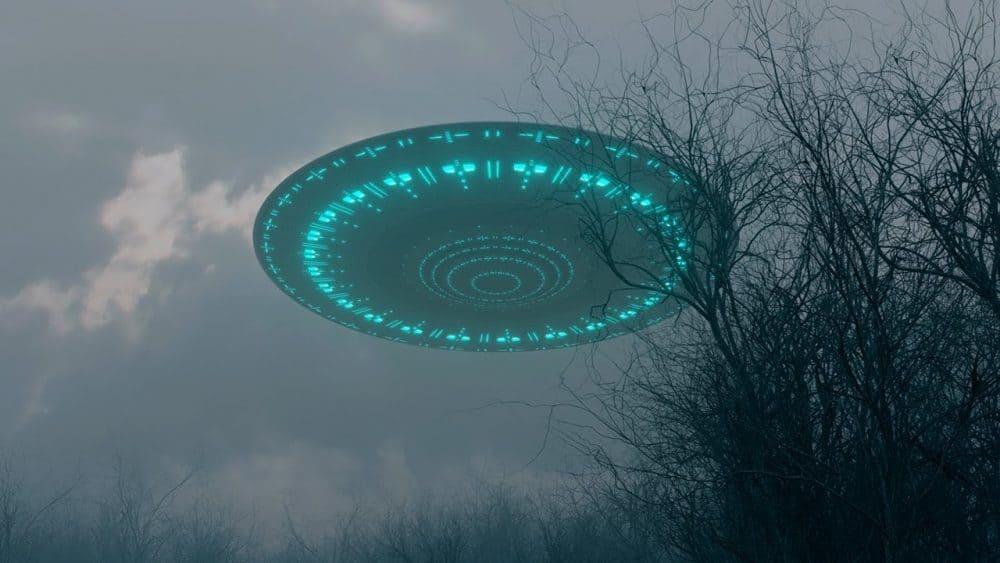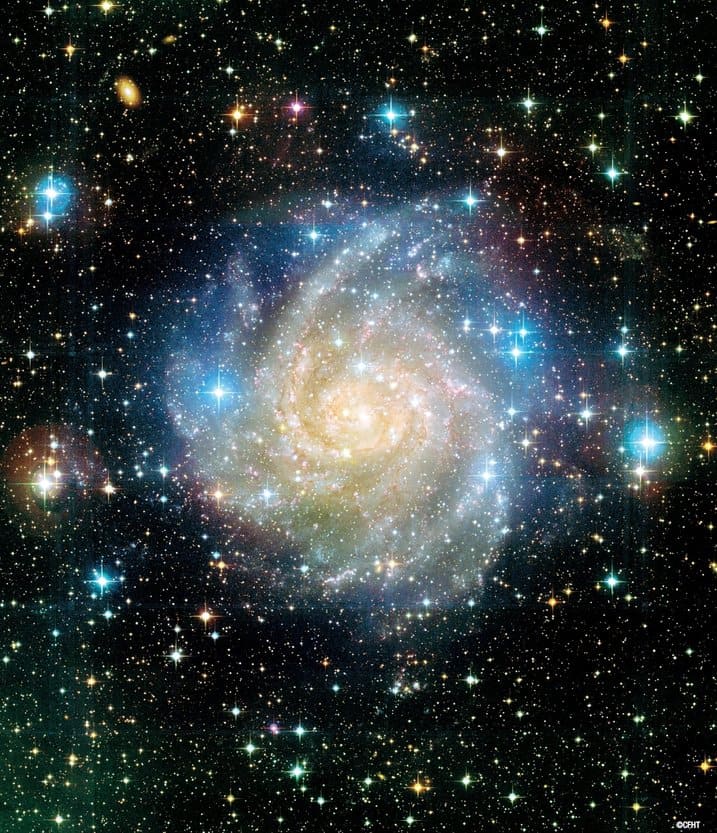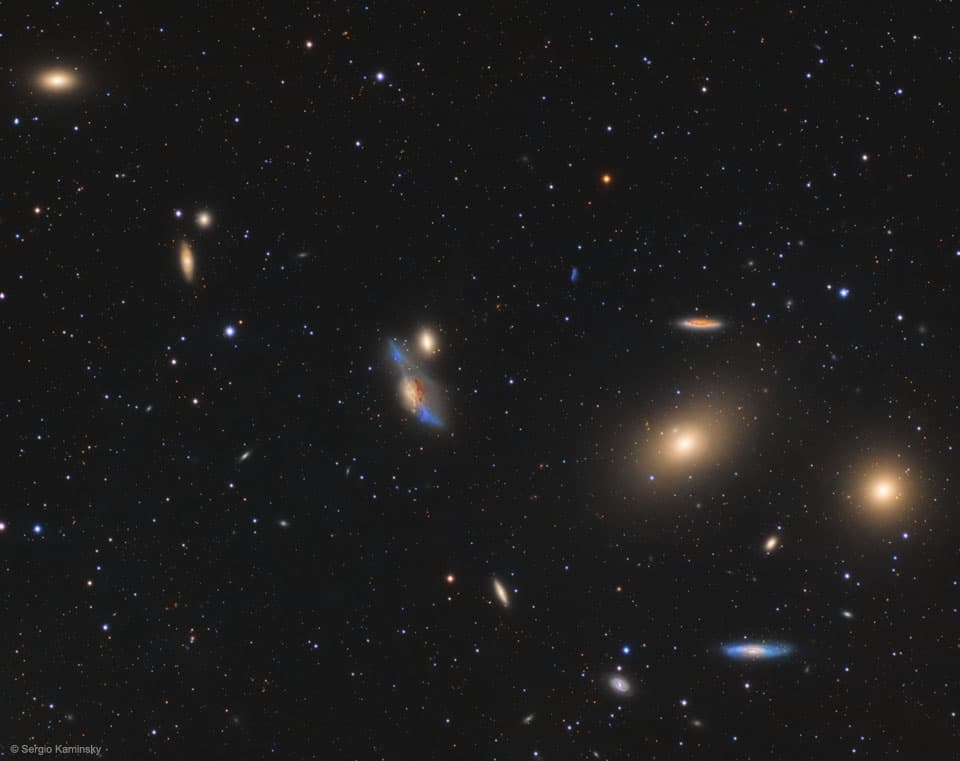Blog
What’s that unusual spot on the Moon? It’s the International Space Station. Using precise timing, the Earth-orbiting space platform was photographed in front of a partially lit gibbous Moon last month. The featured image was taken from Palo Alto, California, USA with an exposure time of only 1/667 of a second. In contrast, the duration of the transit of the ISS across the entire Moon was about half a second. A close inspection of this unusually crisp ISS silhouette will reveal the outlines of numerous solar panels and trusses. The bright crater Tycho is visible on the lower left, as well as comparatively rough, light colored terrain known as highlands, and relatively smooth, dark colored areas known as maria. On-line tools can tell you when the International Space Station will be visible from your area.
more...Larry Coryell (born Lorenz Albert Van DeLinder III; April 2, 1943 – February 19, 2017) was an American jazz guitarist known as the “Godfather of Fusion“.
In September 1965, Coryell moved to New York City, where he attended Mannes School of Music. After moving to New York, he listened to classical composers such as Bartók, Debussy, Ravel, Stravinsky, and Shostakovich.
He replaced guitarist Gábor Szabó in Chico Hamilton‘s quintet. In 1967–68, he recorded with Gary Burton. During the mid-1960s he played with the Free Spirits, his first recorded band. His music during the late-1960s and early-1970s combined rock, jazz, and eastern music.
He married three times during his life. First to writer-actress Julie Nathanson, daughter of actress Carol Bruce. She appeared on the cover of his albums, Lady Coryell, Larry Coryell at the Village Gate, and The Lion and the Ram and wrote the book Jazz-Rock Fusion based on interviews with musicians such as Chick Corea and John McLaughlin. She sang on one track on Coryell’s 1984 album Comin’ Home. The couple divorced in 1985. She died in 2009. Larry’s second marriage was to Mary (Molly) Schuler from Connecticut in 1988. The couple divorced in 2005. Larry’s widow is Tracey Coryell. They were married in Orlando Florida in 2007. Tracey is a singer/songwriter/performer who appeared on Larry’s “Laid, Back & Blues” recording in 2006 on Rhombus Records. Larry recorded one of Tracey’s compositions, “First Day of Autumn” on his album “The Lift “ in 2013 on Wide Hive Records.
In the Seventies, he led the group Foreplay with Mike Mandel, a friend since childhood, although the albums of this period, Barefoot Boy, Offering, and The Real Great Escape, were credited only to “Larry Coryell.” He formed The Eleventh House in 1973. Several of the group’s albums included drummer Alphonse Mouzon.
more...Leon Russell (born Claude Russell Bridges; April 2, 1942 – November 13, 2016 Lawton, AK) was an American musician and songwriter who was involved with numerous bestselling pop musicrecords during his 60-year career. His genres included pop, country, rock, folk, gospel, bluegrass, rhythm and blues, folk rock, blues rock, surf, standards, and Tulsa Sound.
His collaborations rank as some of the most successful in music history, and as a touring musician he performed with hundreds of notable artists. He recorded 33 albums and at least 430 songs. He wrote “Delta Lady“, recorded by Joe Cocker, and organized and performed with Cocker’s Mad Dogs and Englishmen tour in 1970. His “A Song for You“, added to the Grammy Hall of Fame in 2018, has been recorded by more than 200 artists, and his “This Masquerade” by more than 75.
As a pianist, he played in his early years on albums by The Beach Boys, Dick Dale and Jan and Dean. On his first album, Leon Russell, in 1970, the musicians included Eric Clapton, Ringo Starr, and George Harrison. One of his biggest early fans, Elton John, said Russell was a “mentor” and an “inspiration”. They recorded their album The Union in 2010, which earned them a Grammy nomination.
Russell produced and played in recording sessions for, among others Bob Dylan, Frank Sinatra, Ike & Tina Turner, and The Rolling Stones. He wrote and recorded the hits “Tight Rope” and “Lady Blue“. He performed at The Concert for Bangladesh in 1971 along with Harrison, Dylan, and Clapton, for which he earned a Grammy Award.
His recordings earned six gold records. He received two Grammy awards from seven nominations. In 2011, he was inducted into both the Rock and Roll Hall of Fame and the Songwriters Hall of Fame.
more...Marvin Gaye (born Marvin Pentz Gay Jr.; April 2, 1939 – April 1, 1984 Washington DC) was an American singer, songwriter and record producer. Gaye helped to shape the sound of Motown in the 1960s, first as an in-house session player and later as a solo artist with a string of hits, including “Ain’t That Peculiar“, “How Sweet It Is (To Be Loved By You)” and “I Heard It Through the Grapevine“, and duet recordings with Mary Wells, Kim Weston, Diana Ross and Tammi Terrell, later earning the titles “Prince of Motown” and “Prince of Soul”.
During the 1970s, he recorded the albums What’s Going On and Let’s Get It On and became one of the first artists in Motown (joint with Stevie Wonder) to break away from the reins of a production company. His later recordings influenced several contemporary R&B subgenres, such as quiet storm and neo soul. Following a period in Europe as a tax exile in the early 1980s, he released the 1982 Grammy Award-winning hit “Sexual Healing” and its parent album Midnight Love.
On April 1, 1984, Gaye’s father, Marvin Gay Sr., fatally shot him at their house in the West Adams district of Los Angeles. Since his death, many institutions have posthumously bestowed Gaye with awards and other honors—including the Grammy Lifetime Achievement Award, the Rhythm and Blues Music Hall of Fame, the Songwriters Hall of Fame and the Rock and Roll Hall of Fame.
more...Booker Little Jr. (April 2, 1938 – October 5, 1961) was an American jazz trumpeter and composer. He appeared on recordings, both as side-man and as leader. Little was closely associated with Max Roach, but also performed with John Coltrane and Eric Dolphy and was strongly influenced by Sonny Rollins and Clifford Brown. He died at age 23.
With Dolphy, he co-led a residency at the Five Spot club in New York in June 1961, from which three albums were eventually issued by the Prestige label. It was during this stint that he began to show promise of expanding the expressive range of the “vernacular” bebop idiom which originated with Clifford Brown, his most obvious influence as a performer. He also appeared on Dolphy’s album Far Cry (New Jazz 8270), recorded on December 21, 1960.
more...Mauritanian griot singer
more...HARLAND SNODGRASS
10-26-41 to 3-31-19
Just found out my buddy and cohort in mischief passed away yesterday. I knew Harland as the partner of Kristina Larsson de Sacramento when I would accompany her doing Flamenco at the Loring. I knew Harland as a video guy and that at one time he was an artist extraordinaire!
And a former drum kit player. We always had a good laugh, glass of wine and checking out the lovely beauties strolling in and out of the Loring.
Harland also took some of the best pics of me and MOJO ROOTS, they are amazing. He took the photo that I have posted for my Judge Judy trip coming up tomorrow.
Harland you will be missed.
Have a great new adventure out there in the Universe!
Love You Bro!
For over 50 years Harland Snodgrass made art. He showed art. He taught art. Most never knew.
https://harlandsnodgrass.com
We present Harland as the multifaceted visual artist he is (not just “the video guy”). He found inspiration in such diverse areas as jazz, the treads of an automobile tire, #1 pencils, The Velvet Underground, neon tubing, banjos, James Rosenquist, funky drummers, Kawasaki motorcycles, geodesic domes, Schaefer beer, Andy Warhol or the rows and rows and rows of crops surrounding his farm in upstate New York. An artist of multiple talents and disciplines: filmmaker, painter, printmaker, draftsman, photographer, educator, designer of posters and T-shirts and oh yeah—a video artist—but most importantly a drummer. A shit-hot drummer.
Primarily spanning work from the 1960s and 1970s, with a few select pieces before and after these decades, Harland’s work presented in this site is a both a reflection and a celebration of the art of its (his) era. But never shackled to a single style nor movement. Never dull. Always expressive. It’s an explosion of visual treats. If you’ve got eyes, you better look.
An Alien Spacecraft was spotted in the Camden neighborhood of Minneapolis early this morning.
Aliens spotted mick taking out the trash and asked him if he needed a ride to see Judge Judy because several Airlines across the U.S. reported delays to departures early Monday, blaming a system fault.
https://www.nbcnews.com/…/aerodata-technical-glitch-causes-…
Could it be magnetic/radioactive interference from Alien Craft?
SPONSORED BY APRIL FOOLS PHENOMENON @ micklabriola.com
At 11 million light-years away, IC 342 is a close galaxy. It’s also a member of a loose group along with several others. IC 342 has a low surface brightness and lies in Camelopardalis, near the plane of the Milky Way in our sky. So it’s a little difficult for amateur astronomers to spot, despite its elegant form.
more...
Gilbert Scott-Heron (April 1, 1949 – May 27, 2011) was an American soul and jazz poet, musician, and author, known primarily for his work as a spoken-word performer in the 1970s and 1980s. His collaborative efforts with musician Brian Jackson featured a musical fusion of jazz, blues, and soul, as well as lyrical content concerning social and political issues of the time, delivered in both rapping and melismatic vocal styles by Scott-Heron. His own term for himself was “bluesologist”, which he defined as “a scientist who is concerned with the origin of the blues”.
His music, most notably on the albums Pieces of a Man and Winter in America in the early 1970s, influenced and foreshadowed later African-American music genres such as hip hop and neo soul. Scott-Heron is considered by many to be the first rapper/MC ever. His recording work received much critical acclaim, especially one of his best-known compositions, “The Revolution Will Not Be Televised“. AllMusic‘s John Bush called him “one of the most important progenitors of rap music,” stating that “his aggressive, no-nonsense street poetry inspired a legion of intelligent rappers while his engaging songwriting skills placed him square in the R&B charts later in his career.”
Scott-Heron remained active until his death, and in 2010 released his first new album in 16 years, entitled I’m New Here. A memoir he had been working on for years up to the time of his death, The Last Holiday, was published posthumously in January 2012. Scott-Heron received a posthumous Grammy Lifetime Achievement Award in 2012. He also is included in the exhibits at the National Museum of African American History and Culture (NMAAHC) that officially opened on September 24, 2016, on the National Mall, and in an NMAAHC publication, Dream a World Anew.
Gil Scott-Heron was born in Chicago, Illinois. His mother, Bobbie Scott, was an opera singer who performed with the New York Oratorio Society. Scott-Heron’s father, Gil Heron, nicknamed “The Black Arrow”, was a Jamaican soccer player in the 1950s who became the first black man to play for Celtic Football Club in Glasgow. Gil’s parents separated in his early childhood and he was sent to live with his maternal grandmother, Lillie Scott, in Jackson, Tennessee.
more...James Chambers, OM (born 1 April 1948), known professionally as Jimmy Cliff, is a Jamaican ska and reggae musician, multi-instrumentalist, singer, and actor. Along with Bunny Wailer he is one of only two living musicians to hold the Order of Merit, the highest honour that can be granted by the Jamaican government for achievements in the arts and sciences.
Cliff is best known among mainstream audiences for songs such as “Wonderful World, Beautiful People“, “Many Rivers to Cross“, “You Can Get It If You Really Want“, “The Harder They Come“, “Reggae Night“, and “Hakuna Matata“, and his covers of Cat Stevens‘s “Wild World” and Johnny Nash‘s “I Can See Clearly Now” from the film Cool Runnings. He starred in the film The Harder They Come, which helped popularize reggae across the world, and Club Paradise. Cliff was one of five performers inducted into the Rock and Roll Hall of Fame in 2010.
Jimmy Cliff was born in Somerton District, Saint James, Jamaica. He began writing songs while still at primary school in St. James, listening to a neighbour’s sound system. In 1962 his father took him to Kingston to go to Kingston Technical school, where he ended up sharing his cousin’s one rented room in East Kingston.
more...Irving Sidney “Duke” Jordan (April 1, 1922 – August 8, 2006) was an American jazz pianist.
https://www.youtube.com/watch?v=GmrYDfenj7M
more...Across the heart of the Virgo Cluster of Galaxies lies a striking string of galaxies known as Markarian’s Chain. The chain, pictured here, is highlighted on the right with two large but featureless lenticulargalaxies, M84 and M86. Prominent to their lower left is a pair of interacting galaxies known as The Eyes. The home Virgo Cluster is the nearest cluster of galaxies, contains over 2000 galaxies, and has a noticeable gravitational pull on the galaxies of the Local Group of Galaxies surrounding our Milky Way Galaxy. The center of the Virgo Cluster is located about 70 million light years away toward the constellation of Virgo. At least seven galaxies in the chain appear to move coherently, although others appear to be superposed by chance.
more...Frederick William Green (March 31, 1911 – March 1, 1987) was an American swing jazz guitarist who played rhythm guitar with the Count Basie Orchestra for almost fifty years.
Green was born in Charleston, South Carolina on March 31, 1911. He was exposed to music from an early age, and learned the banjo before picking up the guitar in his early teenage years. A friend of his father by the name of Sam Walker taught a young Freddie to read music, and keenly encouraged him to keep up his guitar playing. Walker gave Freddie what was perhaps his first gig, playing with a local community group with whom Walker was an organizer. Another member of the group was William “Cat” Anderson, who went on to become an established trumpeter, working with notable figures such as Duke Ellington.
It was around this time that Green’s parents died, and he moved to New York City to live with his aunt and continue his education. The move opened up a new musical world to Freddie. While still in his teens, he began to play around the clubs of the city, earning money and a reputation. In one of these gigs, he was noticed by the legendary talent scout John H. Hammond, who realized the potential of Green and introduced him to Basie.
more...Etta Baker (March 31, 1913 – September 23, 2006) was an American Piedmont blues guitarist and singer from North Carolina.
(Franz) Joseph Haydn ( 31 March 1732 – 31 May 1809) was an Austrian composer of the Classical period. He was instrumental in the development of chamber music such as the piano trio. His contributions to musical form have earned him the epithets “Father of the Symphony” and “Father of the String Quartet“.
Haydn spent much of his career as a court musician for the wealthy Esterházy family at their remote estate. Until the later part of his life, this isolated him from other composers and trends in music so that he was, as he put it, “forced to become original”. Yet his music circulated widely, and for much of his career he was the most celebrated composer in Europe.
He was a friend and mentor of Mozart, a tutor of Beethoven, and the older brother of composer Michael Haydn.
more...
More Posts
- Daily Roots with Sly & The Revolutionaries
- Daily Roots with Sly & The Revolutionaries
- Rhythm Roots Workshop PRI St Louis Park 10-9-18
- The Cosmos with NGC 1672
- John Lennon Day
- Kenny Garrett Day
- Abdullah Ibrahim (Dollar Brand) Day
- Yusef Lateef Day
- World Music with Luca Brandoli Y Grupo Barracón
- Daily Roots with Dennis Brown
- Celebrate Indigenous Peoples Day 10-8-18
- The Cosmos with Comet 21P
- Pepper Adams Day
- Johnie Lewis Day
- World Music with Kocani Orkestar
- Daily Roots with Scientist
- The Cosmos with NGC 7090
- Larry Young Day
- Mel Brown Day
- Papa Joe Jones Day
